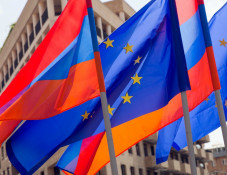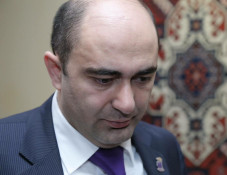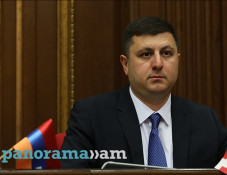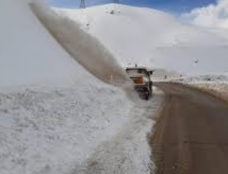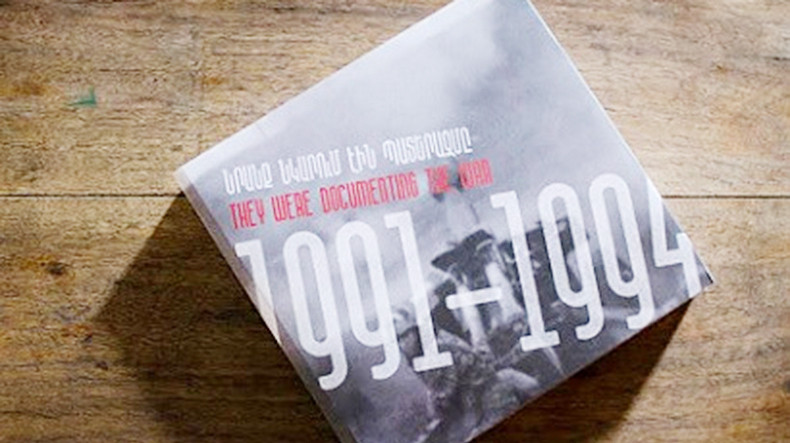
“They were Documenting the War”, book on Artsakh war documentarians, presented in Yerevan, Armenia
Filmmaker Grigor Avetisyan left for Artsakh (Nagorno-Karabakh) in 1992 to shoot a propaganda film about the ongoing war, thus inspiring the Armenian youth to take part in the operations. There was a need of soldiers. However, the film failed to be shot, since he put aside his camera to take a weapon after a while.
“I went there as a documentarian, however I could not remain as a documentarian. There came a time when I put aside my camera and took a weapon. Perhaps I made a mistake, however being a film director by profession instead of a cinematographer, I have forgiven that mistake of mine,” Grigor Avetisyan said in an interview with Panorama.am.
Prior to taking part in military operations, Avetisyan had managed to make a number of shootings. Later on, he made a film based on the shot documentary materials titled “Playing a War” dedicated to then 26 anniversary of the death of a legendary Artsakh war hero.
Grigor Avetisyan is one of the heroes of the book titled “They were Documenting the War”. The book presentation was held on Thursday in Yerevan, Armenia. It features the interviews (in English and Armenian) with 34 film documentarians published in the War Documentarians section of kinoashkharh.am news agency from 2012 to 2017. The book heroes were in the frontline in 1991-1994, documenting the Artsakh war chronicles. The book also includes biographic parts, filmography, as well as series of their shot materials on two CDs. The book was compiled by Anahit Harutyunyan and Ruzan Bagratunyan.
Director, cinematographer Mikayel Ghazaryan also attended the book presentation. “We created the press service of Armenia’s Ministry of Defense with five people. We left for Artsakh in February 1992 and stayed there up to 1993. I had two goals – to be useful to my Fatherland and to document the developments there,” Mr. Ghazaryan told Panorama.am, adding that he was lucky to compare with several other documentarians, since while working at the Defense Ministry, he had a weapon and used it when needed.
“The situation dictates your actions, whether you shoot or take a weapon. Ending up in such a situation, you involuntarily forget about many things, sometimes even your family, since you face situations when you are not sure what will happen next,” he said.
Ruzan Bagratunyan, one of the book compliers, noted that the defense ministries of Armenia and Karabakh, as well as the information department of the Armenian President’s Office supported the collection of the book materials. Armenia’s defense ministry has already acquired 100 copies of the book. It has been approved by Minister of Education and Science Levon Mkrtchyan, and it will also be available at the libraries of Armenian universities in coming future. The book has received 1.5 million AMD financial support from Armenia’s Ministry of Culture.
“The book has a cognitive nature. Any country fighting a war prepares cameramen to send them to the frontline. We did not have an army, and like the freedom fighters, our cameramen also volunteered and left for the frontline. Unlike other countries, our cameramen, directors and reporters were fighting both with arms and cameras,” Ms. Bagratunyan noted, adding that the shot materials reached the Armenian television with great difficulty through the most dangerous ways.
“Our society should recognize and express their gratitude to those people who were brave enough to fulfil their professional duties, putting their lives at risk,” she said, adding that although the book provides information about only 34 cameramen, their number is actually greater.
Newsfeed
Videos








